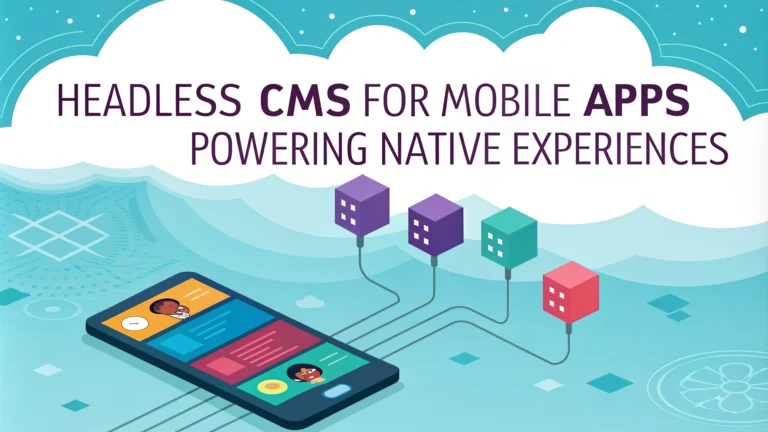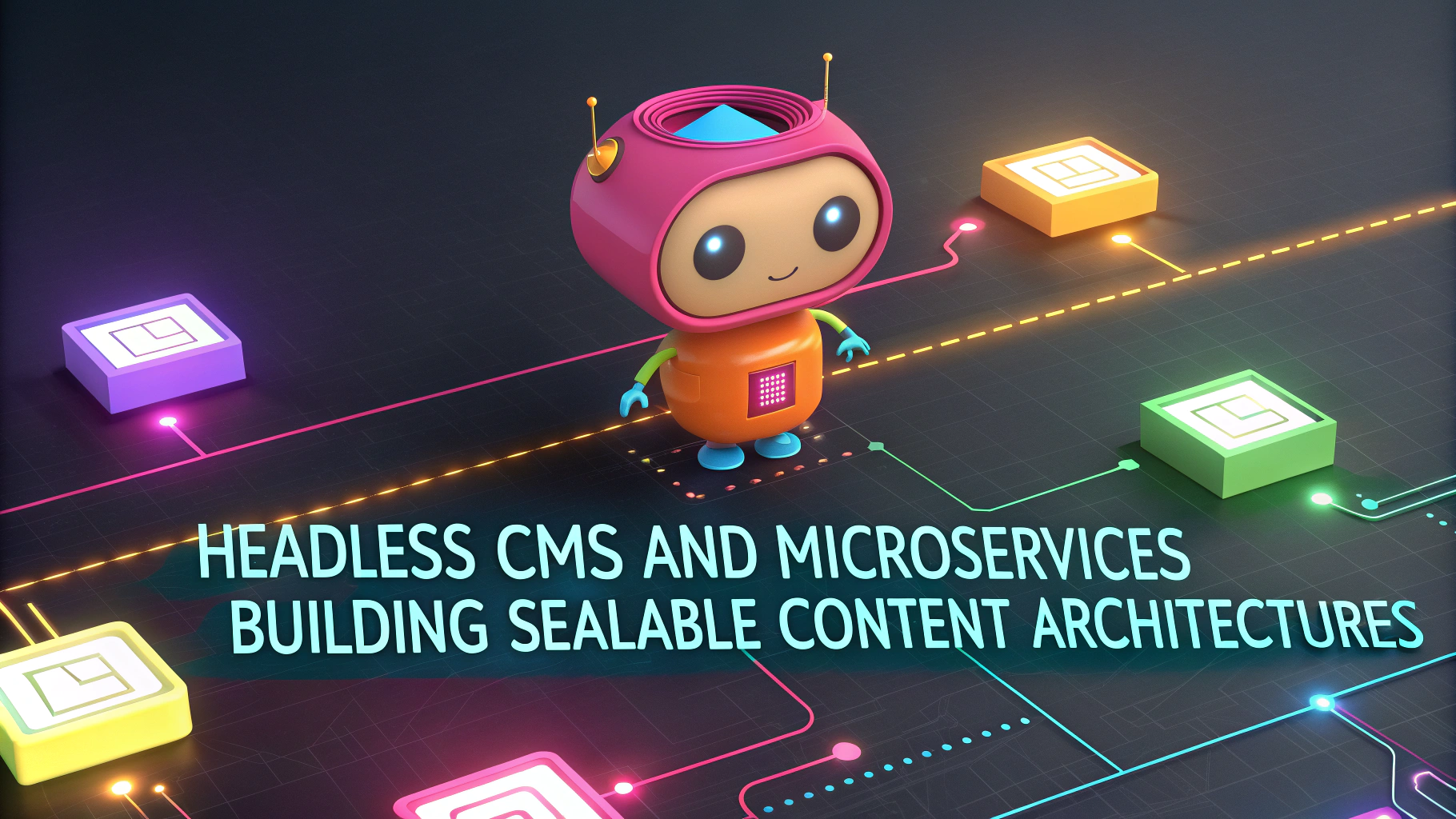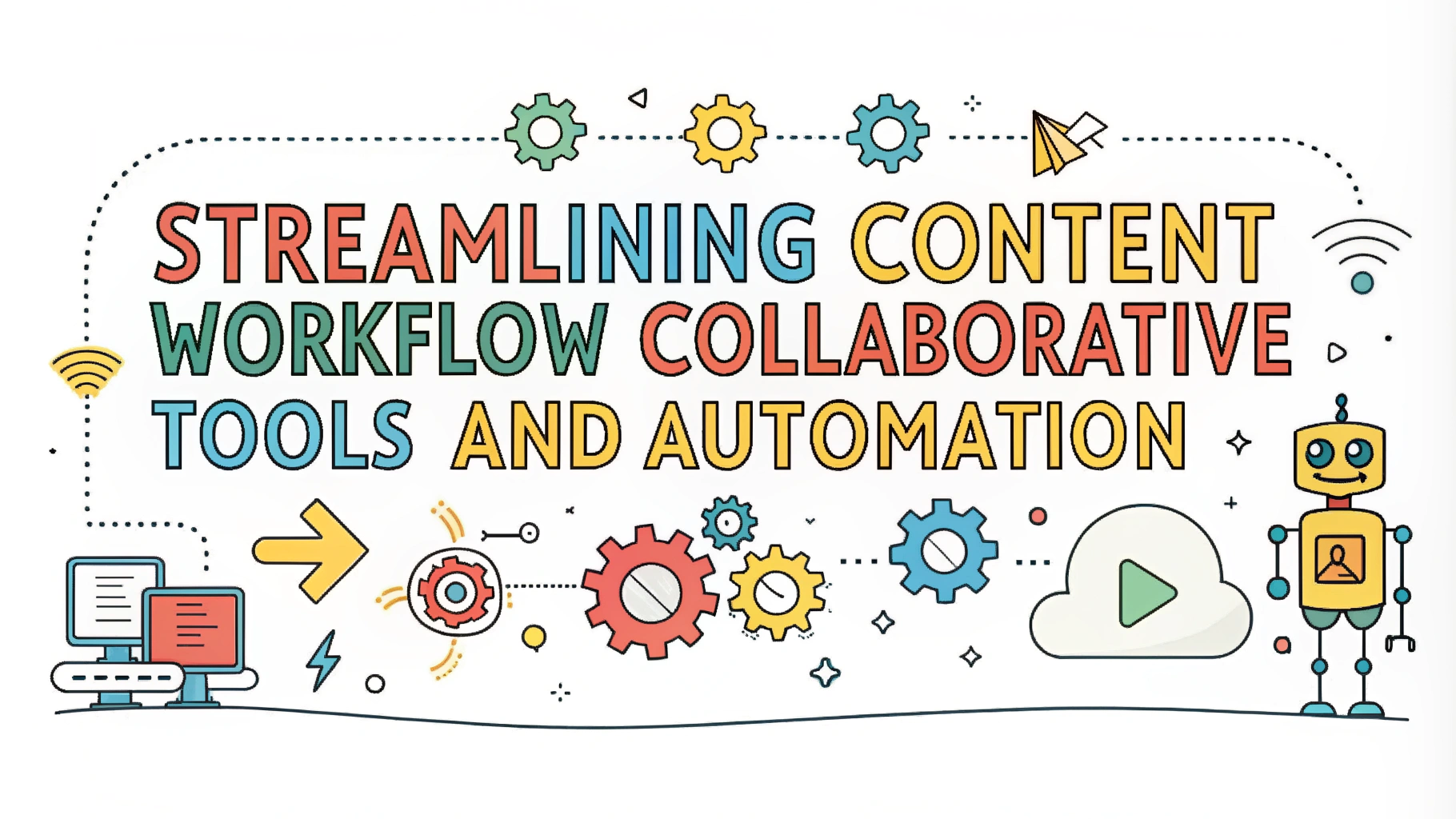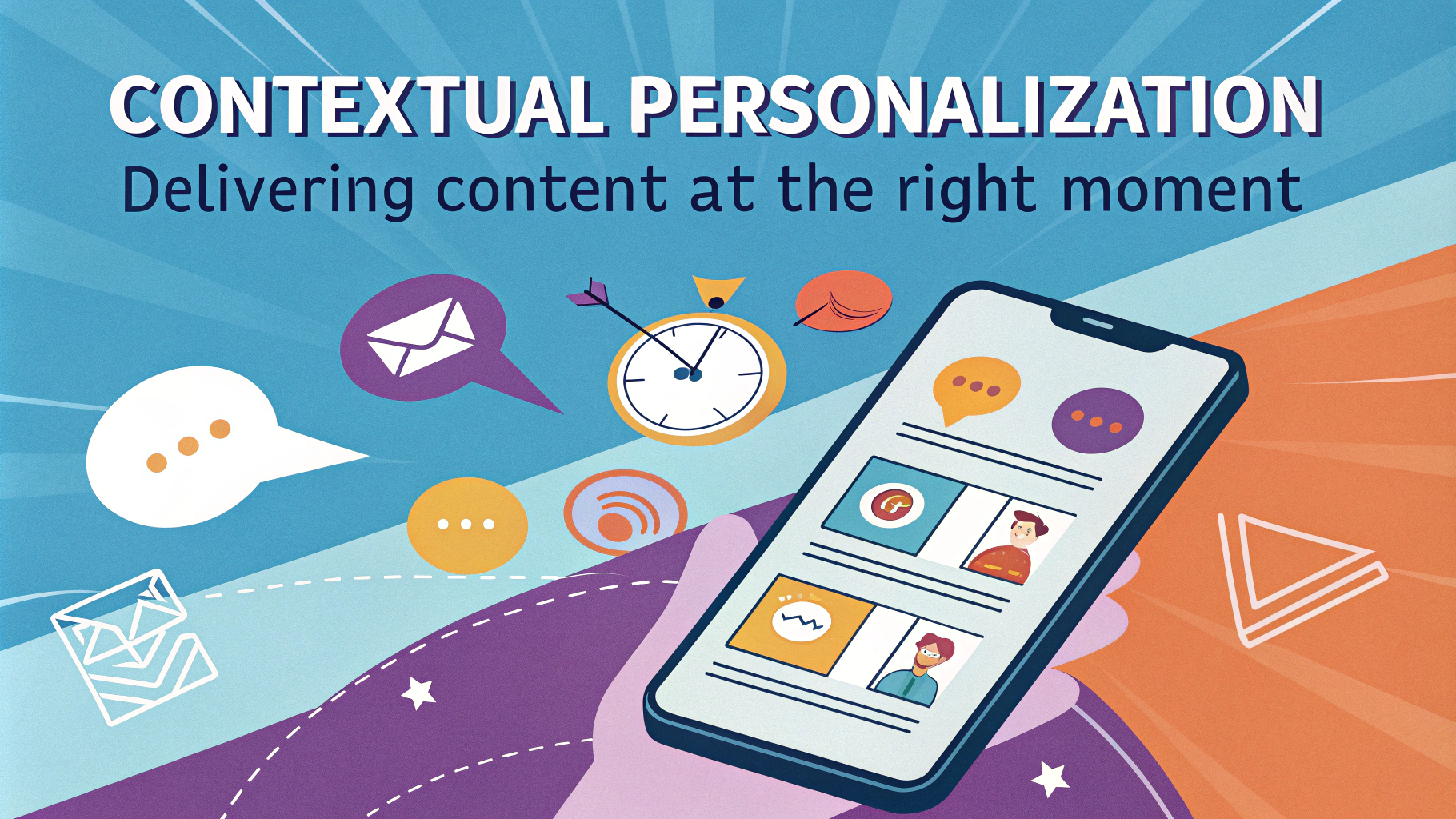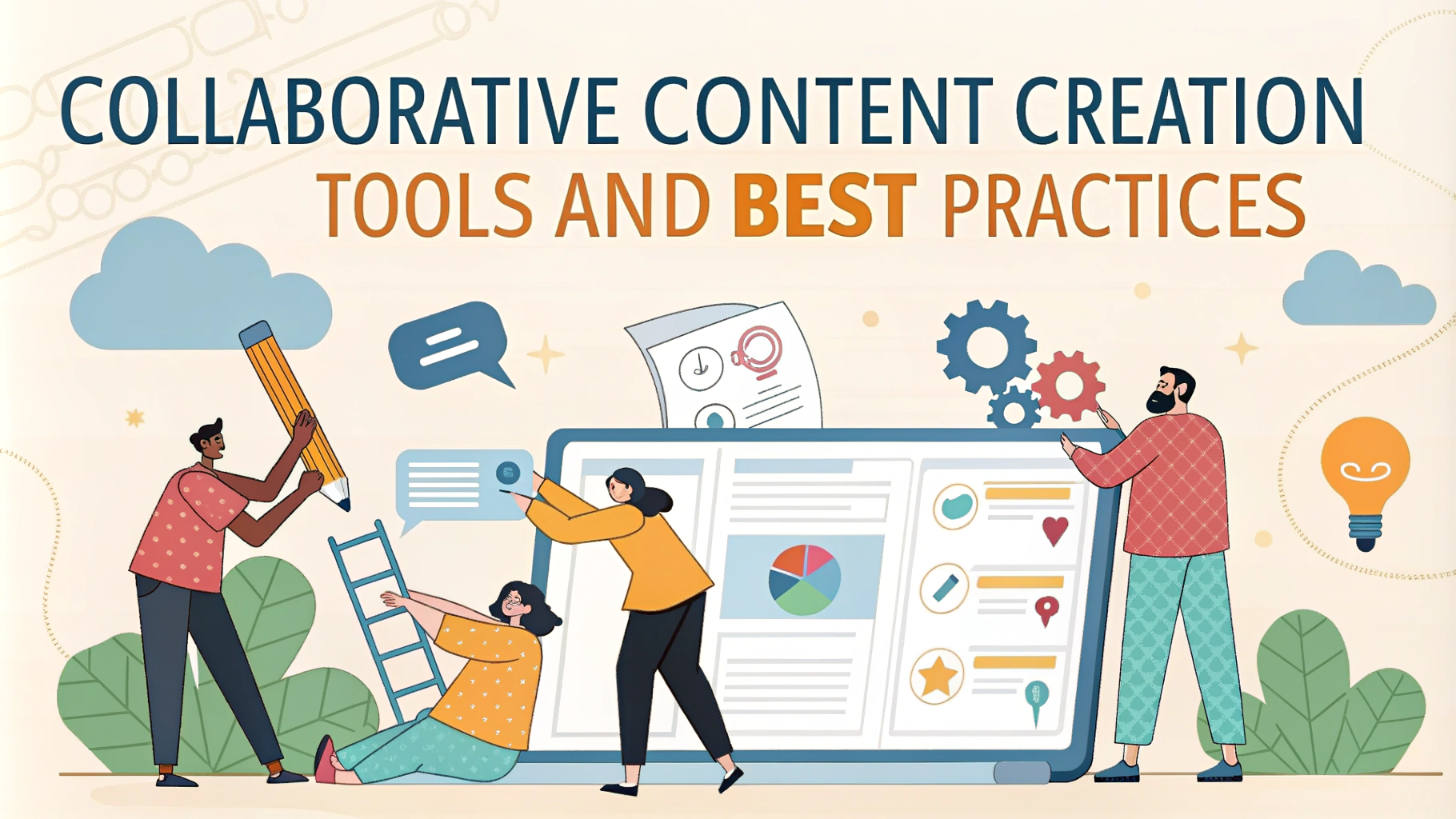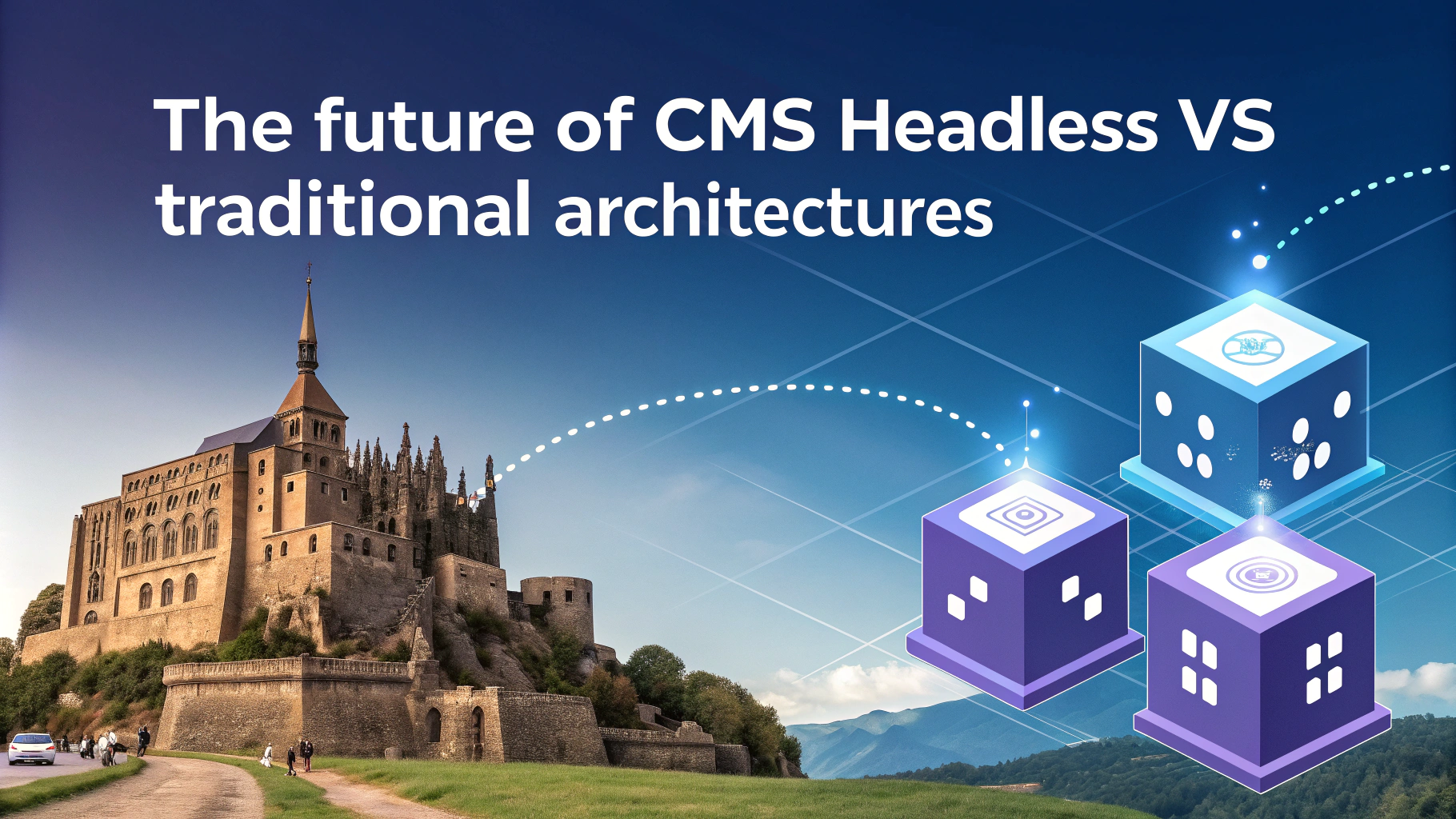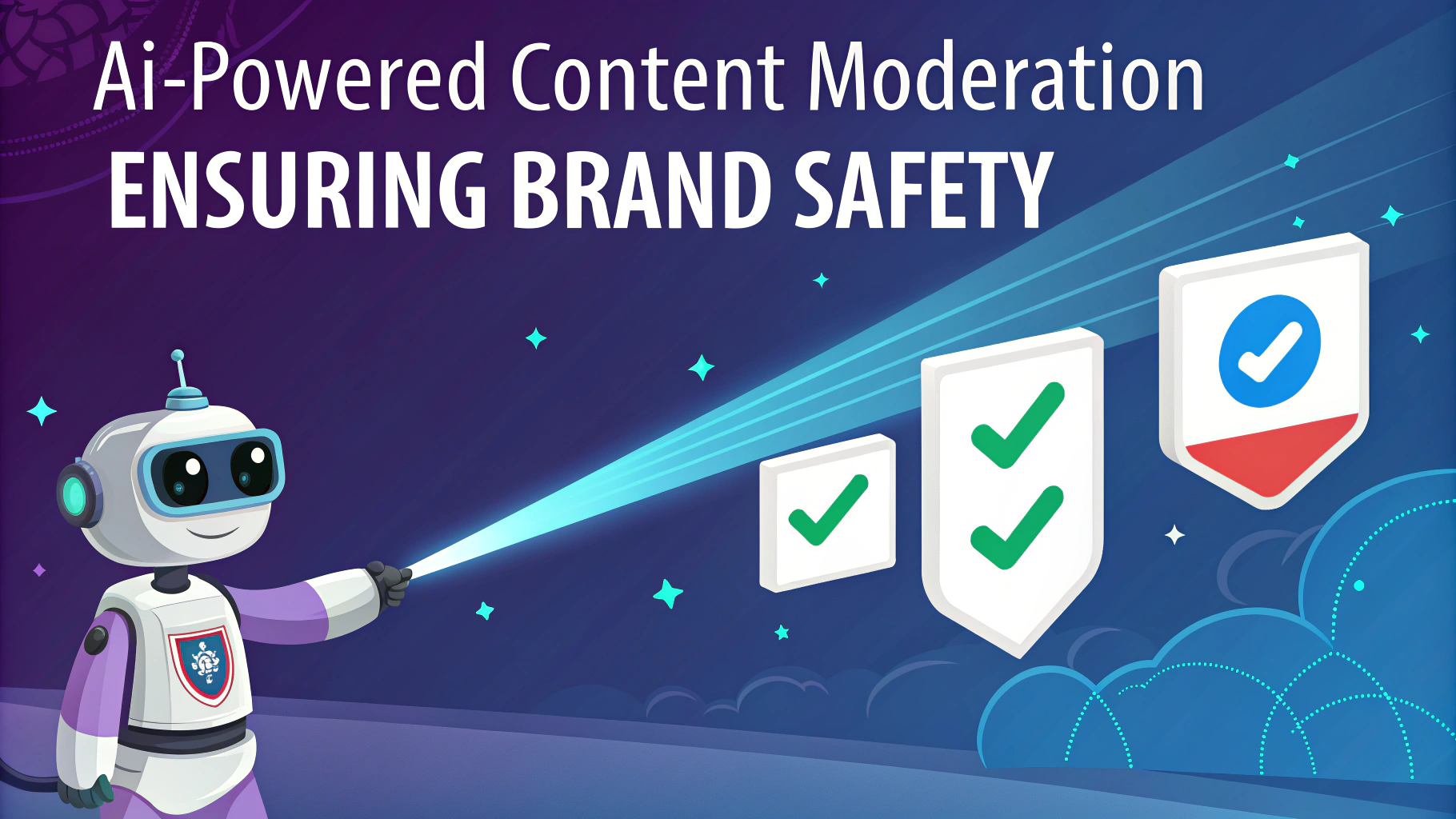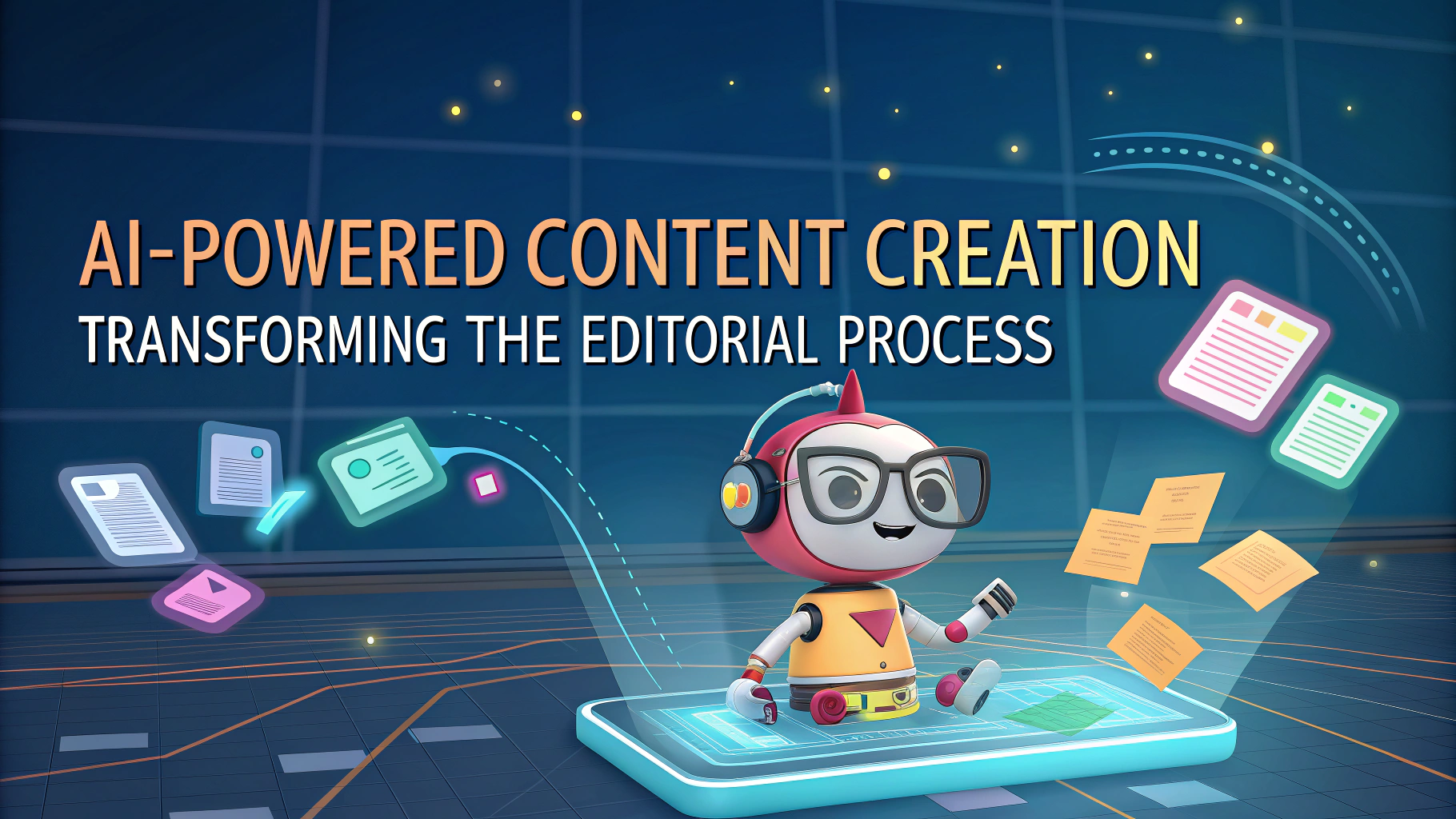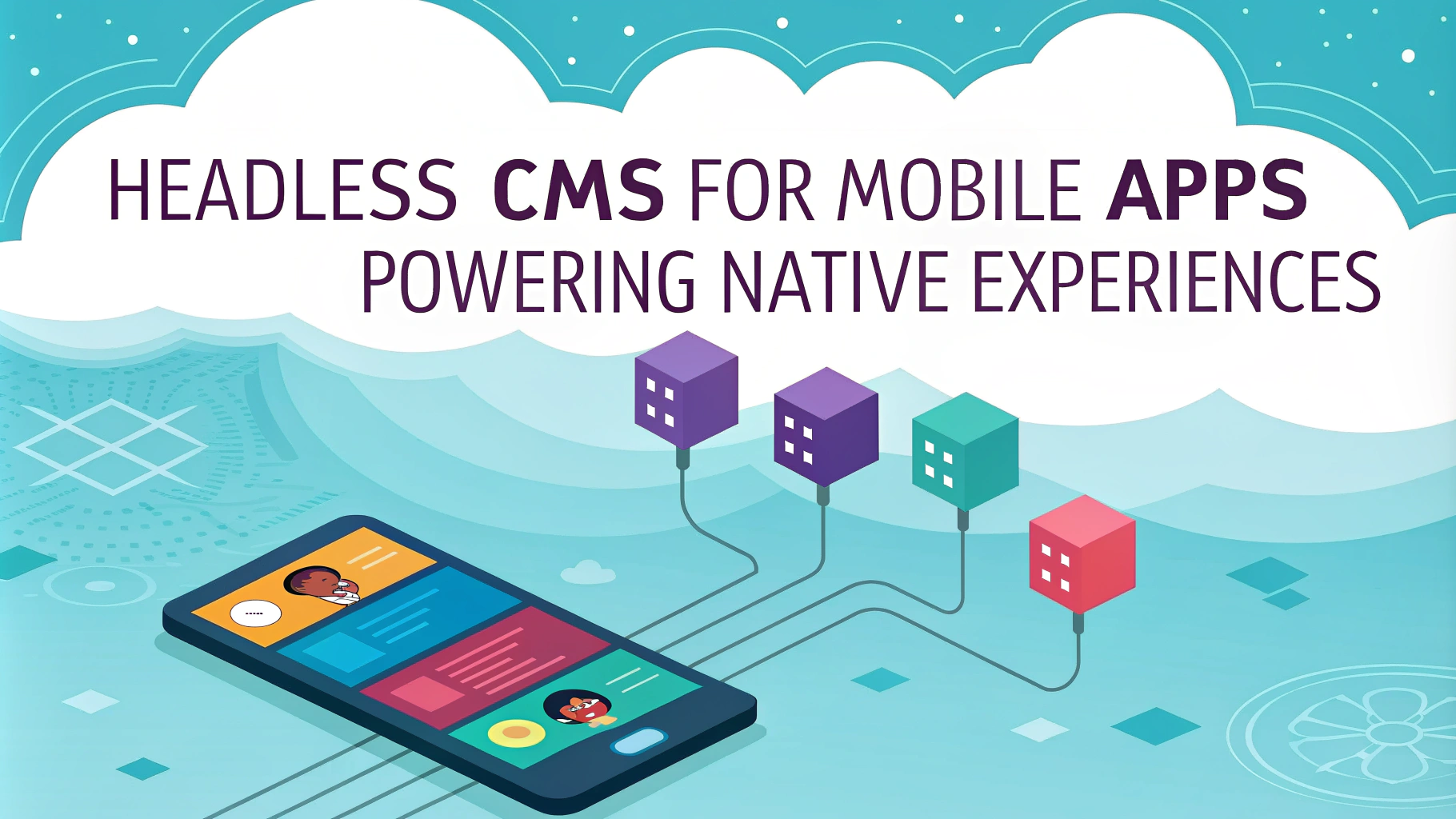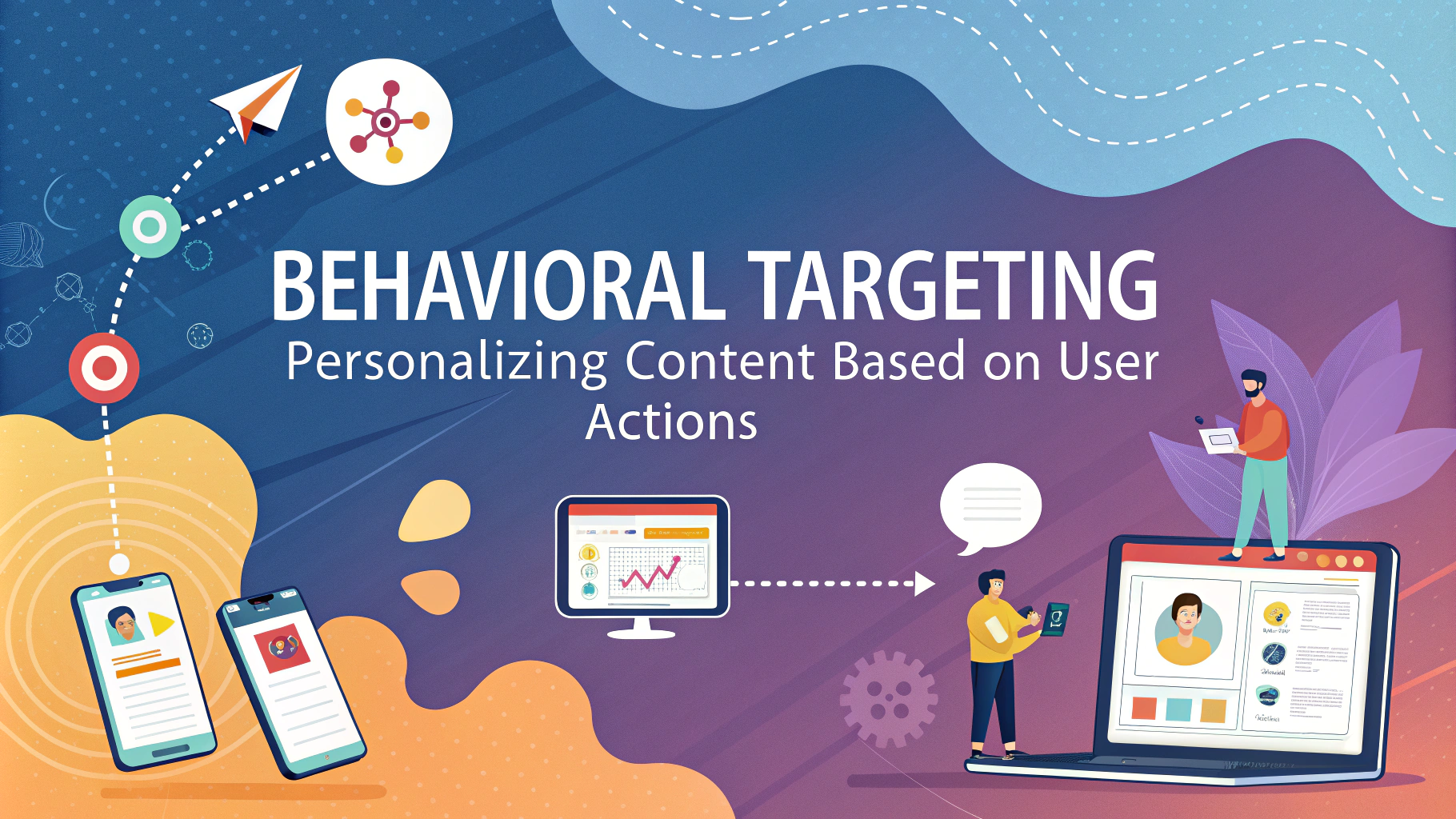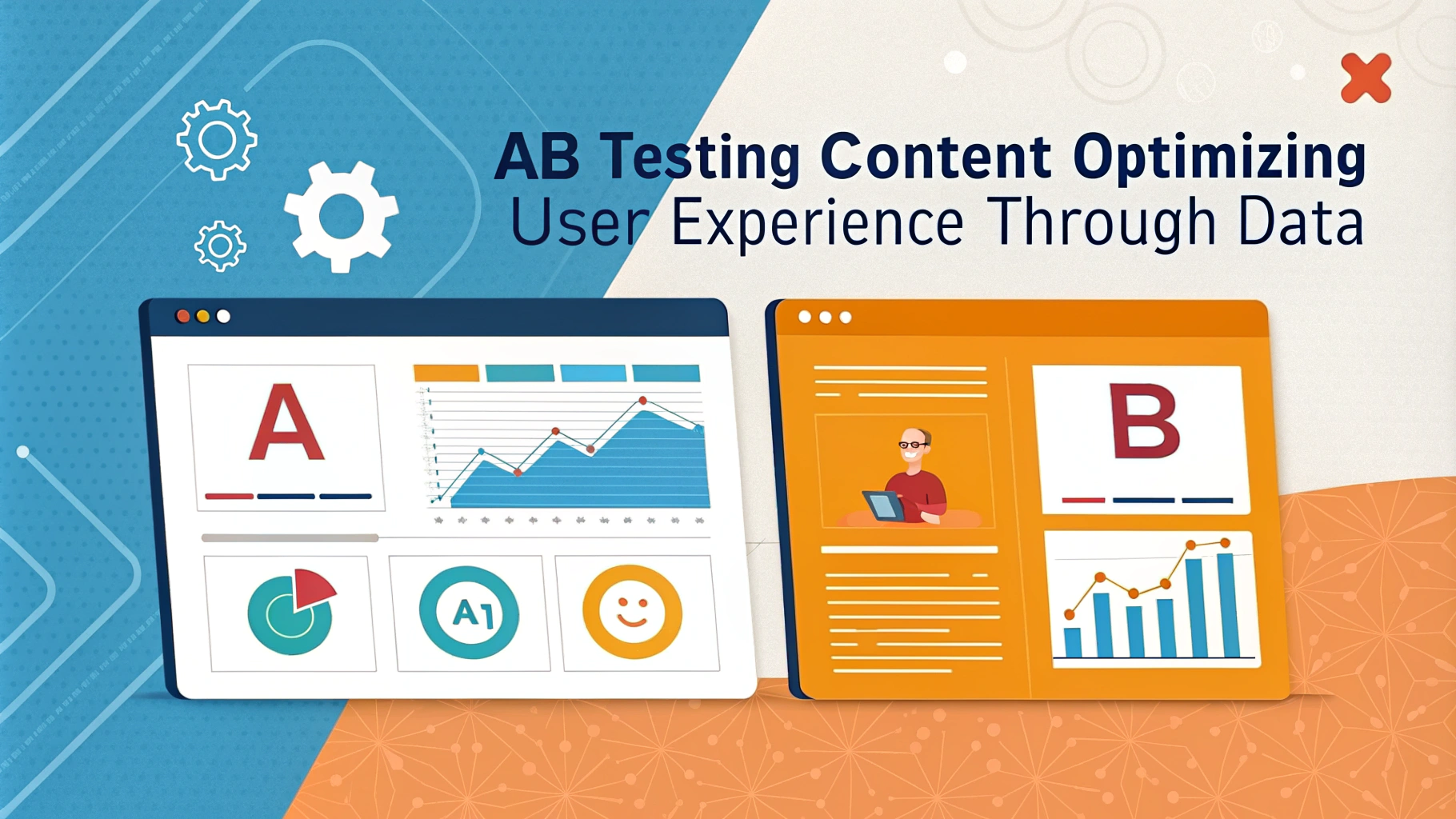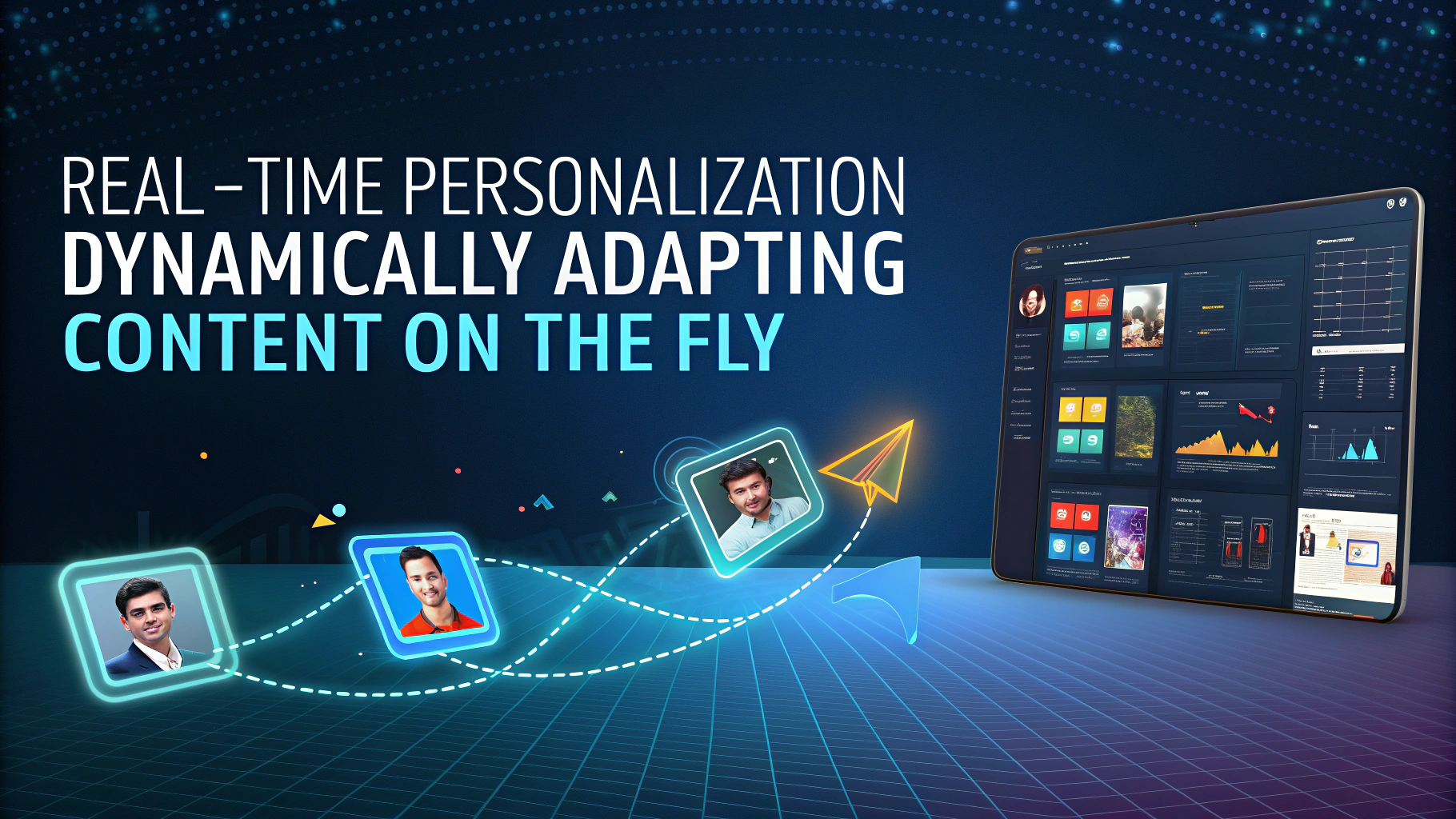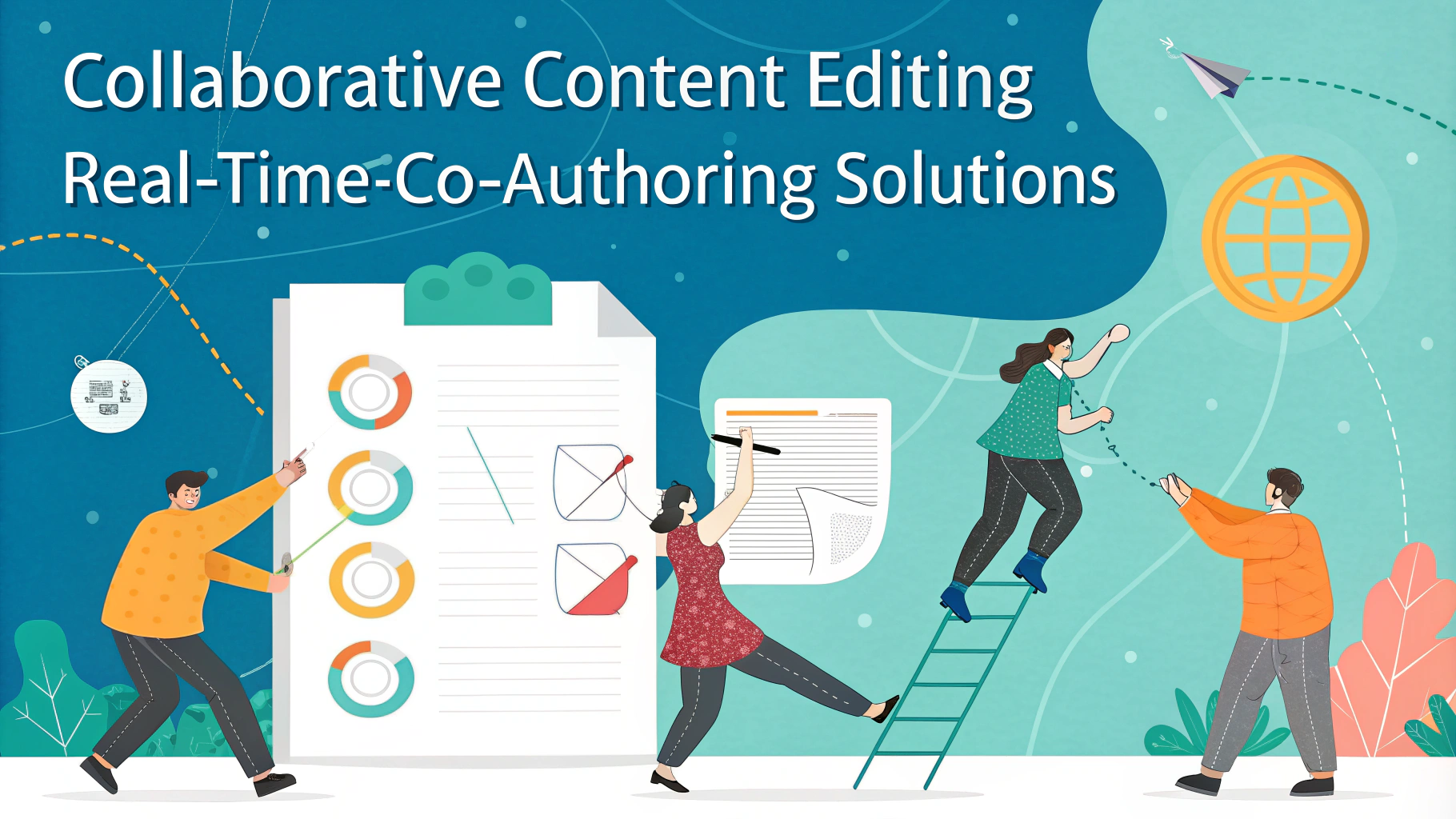Mobile apps demand flexible, fast-loading content. Headless CMS solutions offer a game-changing approach for developers and content creators alike. This guide explores how headless CMS can revolutionize your mobile app development process.
Understanding Headless CMS Architecture
Headless CMS separates content management from content presentation. This decoupled approach allows for greater flexibility and scalability in mobile app development.
- Content repository: Stores and organizes all content
- API layer: Delivers content to various platforms
- Front-end freedom: Developers can use any technology stack
By embracing headless CMS, teams can focus on creating exceptional user experiences without being constrained by traditional CMS limitations.
Benefits of Headless CMS for Mobile Apps
Headless CMS offers numerous advantages for mobile app development:
- Improved performance: Faster load times and smoother user experience
- Flexibility: Easily adapt content for different devices and platforms
- Scalability: Handle increased traffic and content growth effortlessly
- Future-proofing: Seamlessly integrate with new technologies as they emerge
These benefits translate to better user engagement, higher retention rates, and improved overall app performance.
Implementing Headless CMS in Your Mobile App Strategy
To successfully integrate headless CMS into your mobile app development process:
- Assess your needs: Determine if headless CMS aligns with your project goals
- Choose the right platform: Evaluate options like Contentful, Strapi, or Sanity
- Plan your content model: Design a flexible structure that supports your app’s requirements
- Set up your API: Configure endpoints for seamless content delivery
Remember to involve both developers and content creators in the implementation process to ensure a smooth transition.
Popular Headless CMS Platforms for Mobile Apps
| Platform | Key Features | Best For |
|---|---|---|
| Contentful | Robust API, multilingual support | Large-scale, multi-platform projects |
| Strapi | Open-source, customizable | Developers who need full control |
| Sanity | Real-time collaboration, flexible content models | Teams with diverse content needs |
Choose a platform that best fits your team’s skills and project requirements.
Optimizing Content for Mobile-First Experiences
Mobile users demand quick, easily digestible content. To meet these needs:
- Prioritize readability: Use short paragraphs, bulleted lists, and subheadings
- Optimize images: Compress files and use responsive image techniques
- Implement lazy loading: Load content as users scroll for faster initial page loads
- Use mobile-friendly fonts: Choose legible typefaces at appropriate sizes
These strategies ensure your content shines on smaller screens, improving user engagement and retention.
Leveraging APIs for Dynamic Content Delivery
APIs are the backbone of headless CMS systems, enabling seamless content delivery across platforms.
- RESTful APIs: Offer flexibility and ease of use for developers
- GraphQL: Provides more efficient data querying for complex applications
- Webhooks: Enable real-time content updates and notifications
Familiarize your team with these API types to maximize the potential of your headless CMS implementation.
API Best Practices for Mobile Apps
- Implement proper authentication and security measures
- Use caching strategies to reduce API calls and improve performance
- Design clear, consistent API endpoints for easier integration
- Provide comprehensive API documentation for your development team
Personalization and Localization with Headless CMS
Headless CMS systems excel at delivering personalized, localized content to mobile users.
- User profiling: Tailor content based on user behavior and preferences
- Geolocation: Serve region-specific content automatically
- A/B testing: Optimize content delivery through data-driven decisions
- Multi-language support: Manage translations efficiently within the CMS
These features allow you to create more engaging, relevant experiences for your mobile app users.
Measuring Success: Analytics and Performance Monitoring
To gauge the effectiveness of your headless CMS implementation:
- Set clear KPIs: Define metrics for content performance and user engagement
- Implement analytics tools: Use platforms like Google Analytics or Mixpanel
- Monitor API performance: Track response times and error rates
- Collect user feedback: Regularly survey app users for qualitative insights
Use these data points to continuously refine your content strategy and improve the user experience.
Conclusion: Embracing the Future of Mobile Content Management
Headless CMS offers a powerful solution for creating flexible, high-performance mobile apps. By separating content management from presentation, teams can focus on delivering exceptional user experiences across all devices.
Key takeaways for successful implementation:
- Choose the right headless CMS platform for your needs
- Optimize content for mobile-first experiences
- Leverage APIs for efficient content delivery
- Implement personalization and localization strategies
- Continuously monitor and improve performance
As mobile technology evolves, headless CMS will play an increasingly important role in app development. Embrace this approach to stay ahead of the curve and deliver outstanding mobile experiences to your users.

